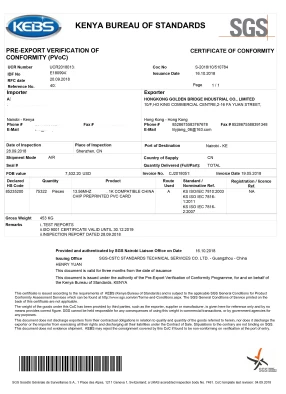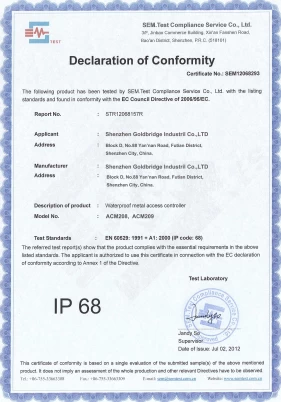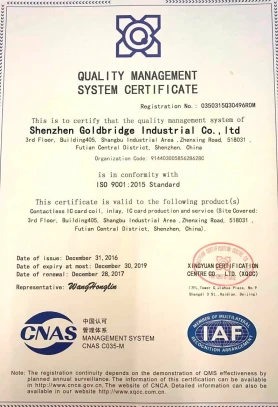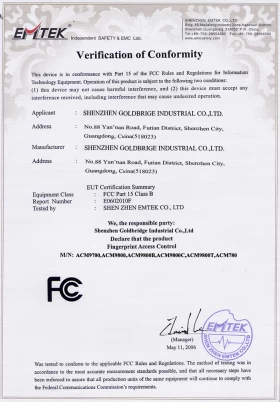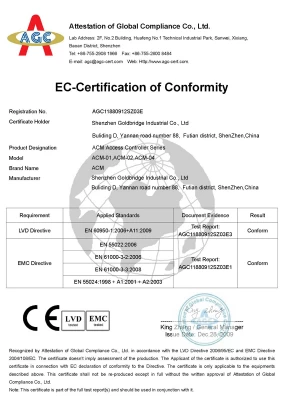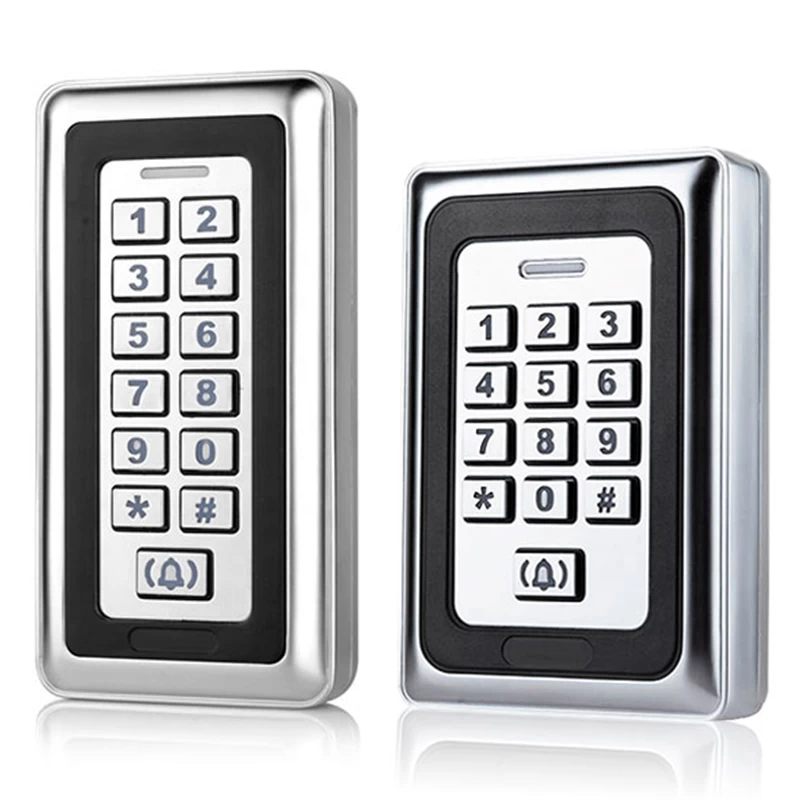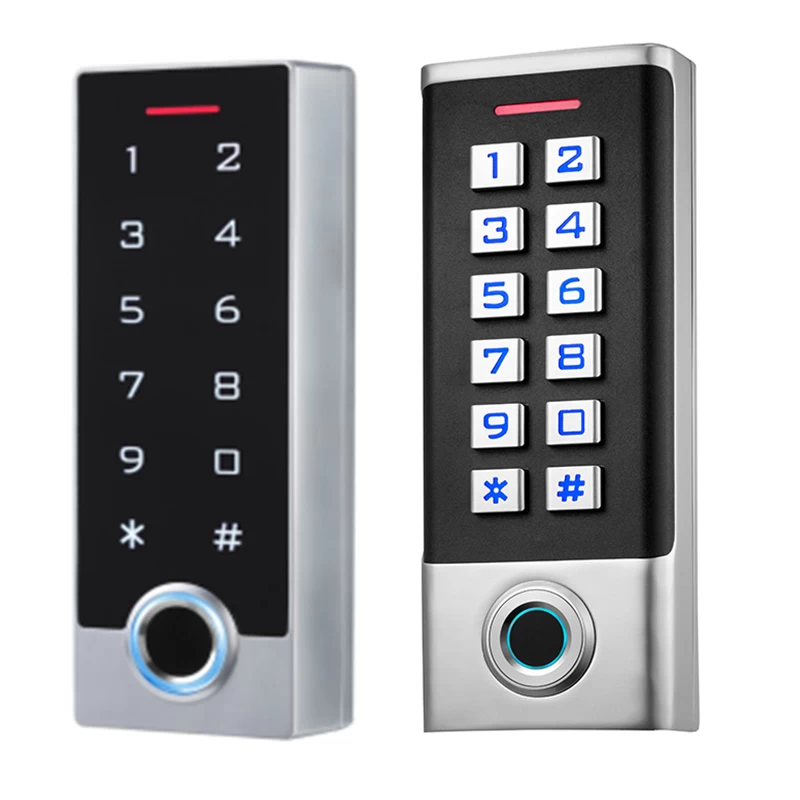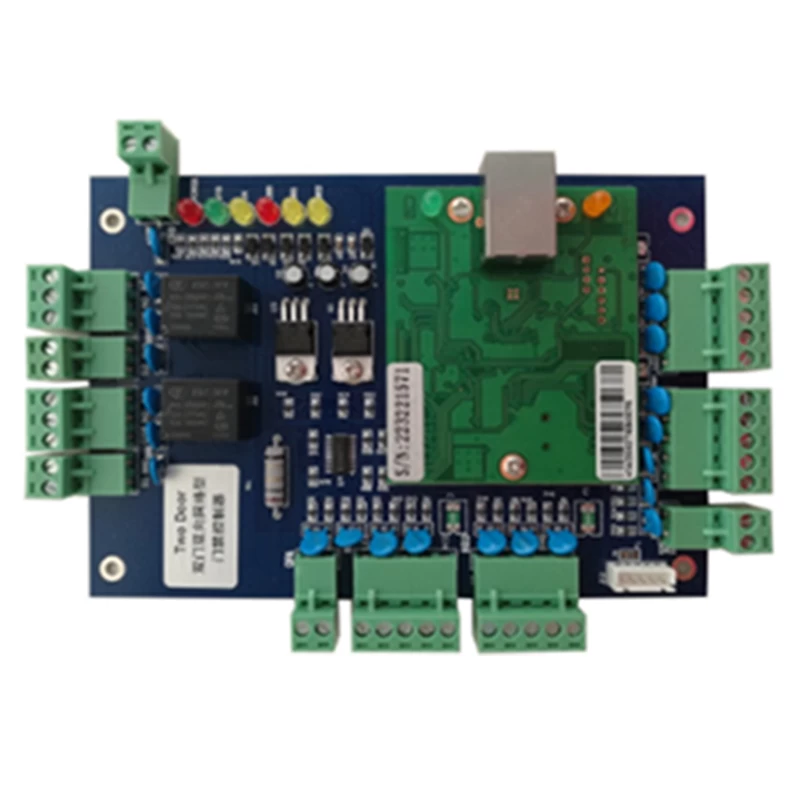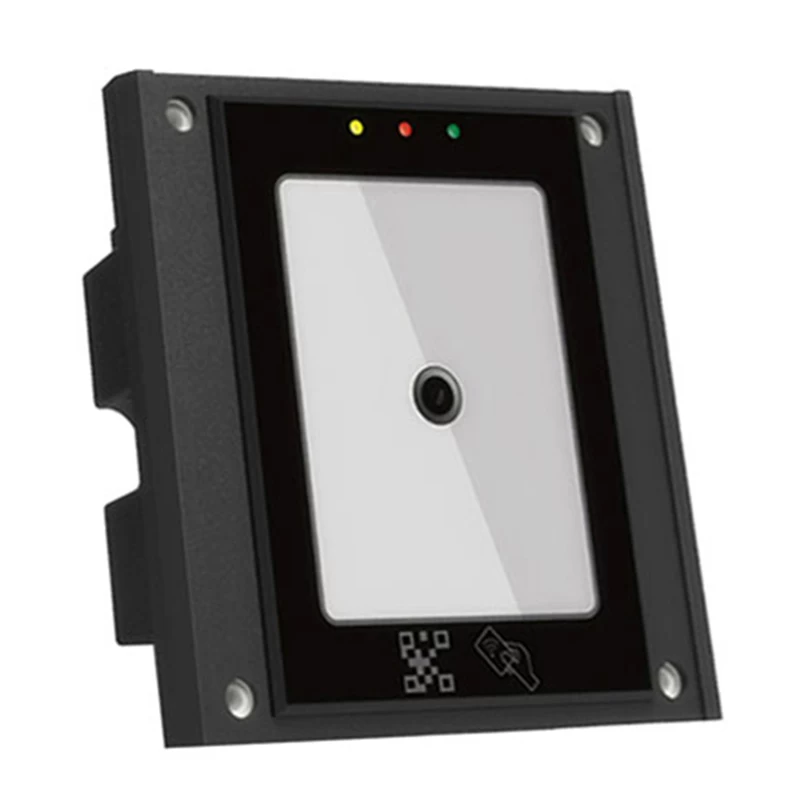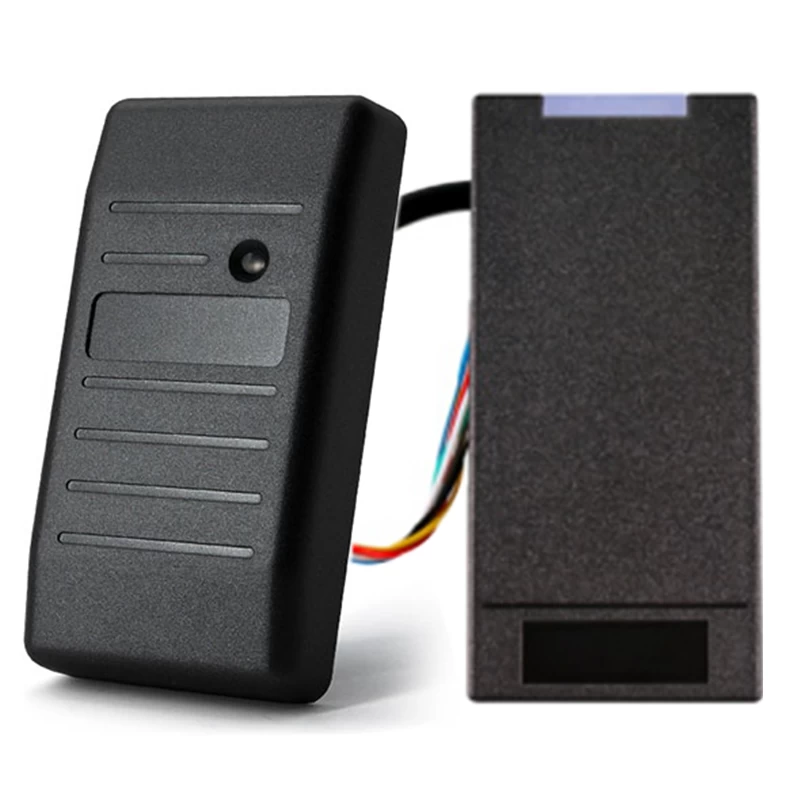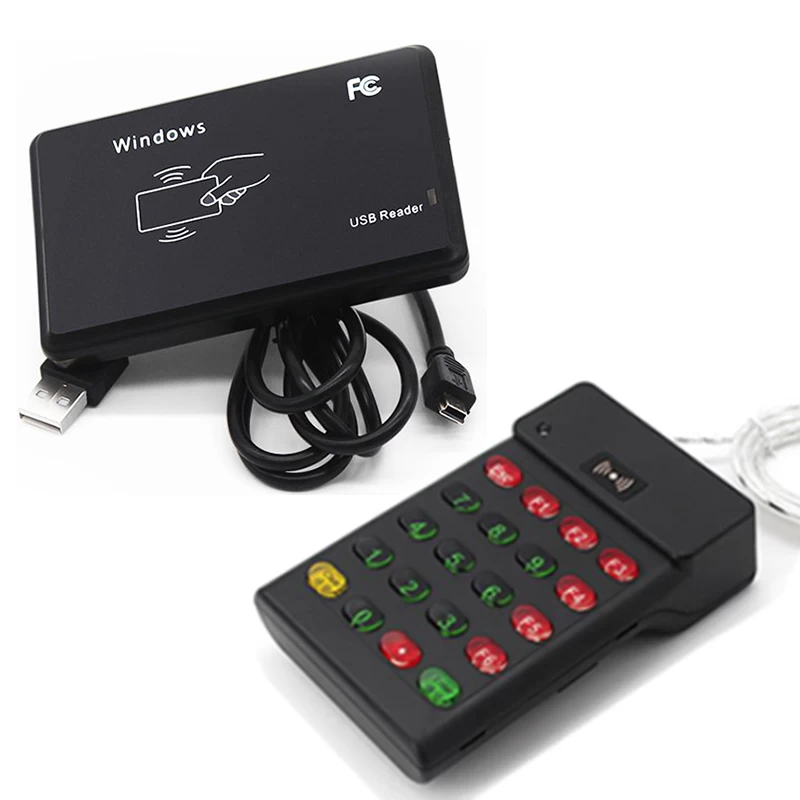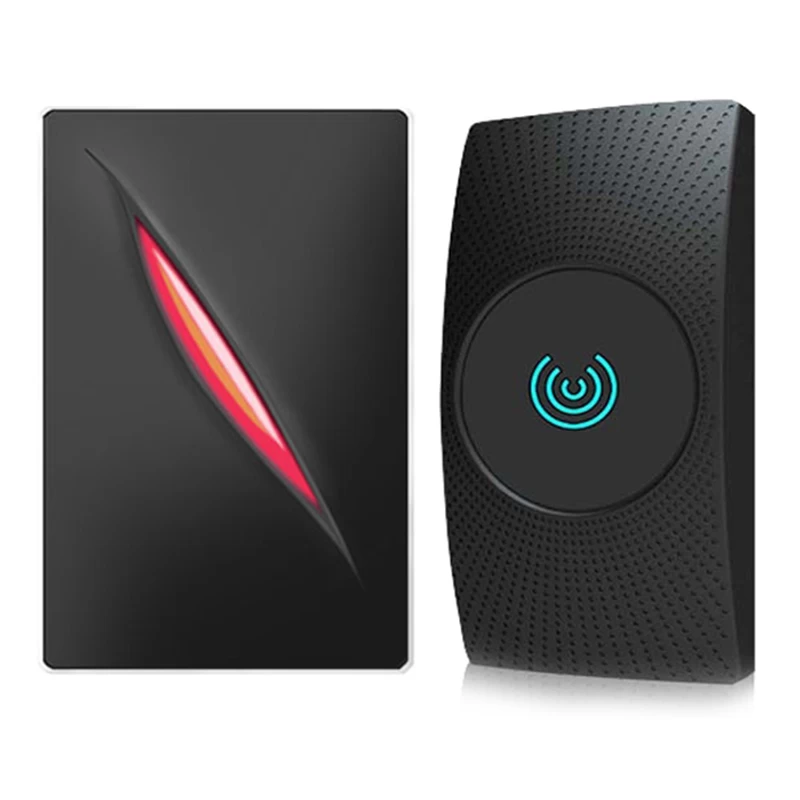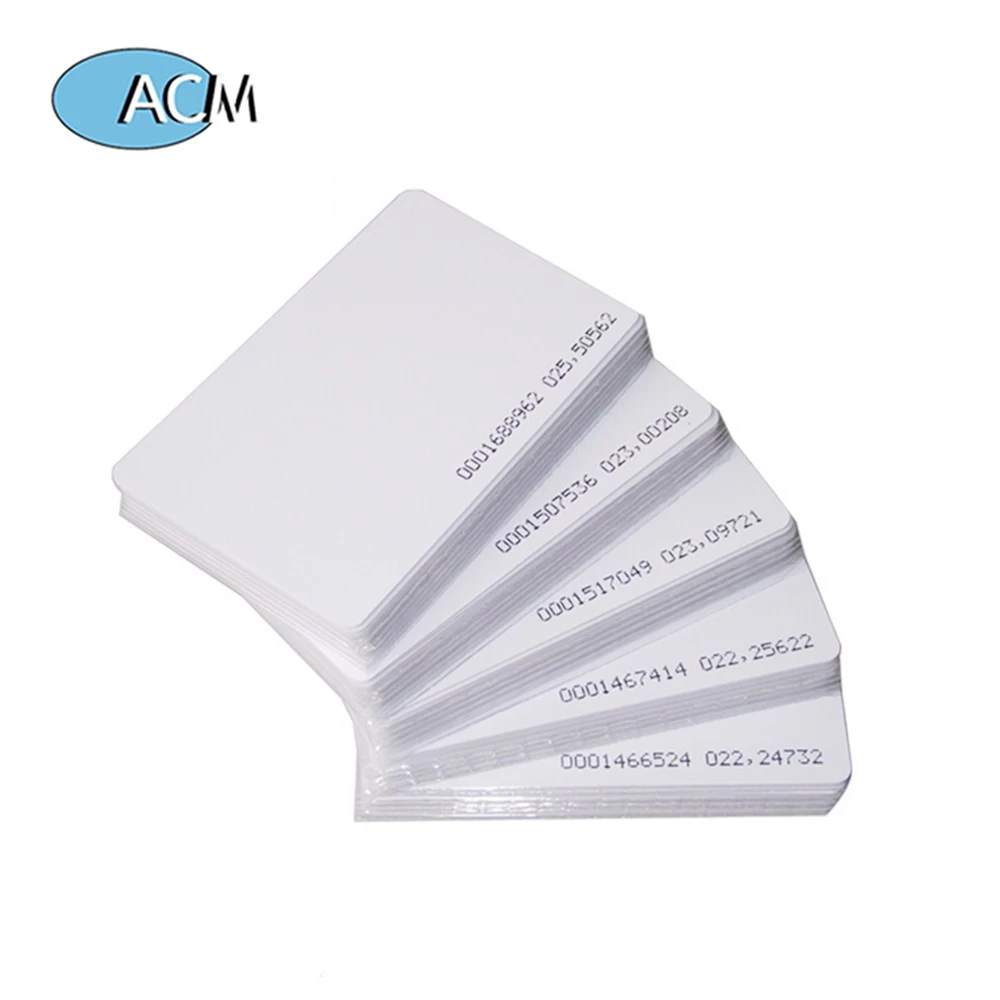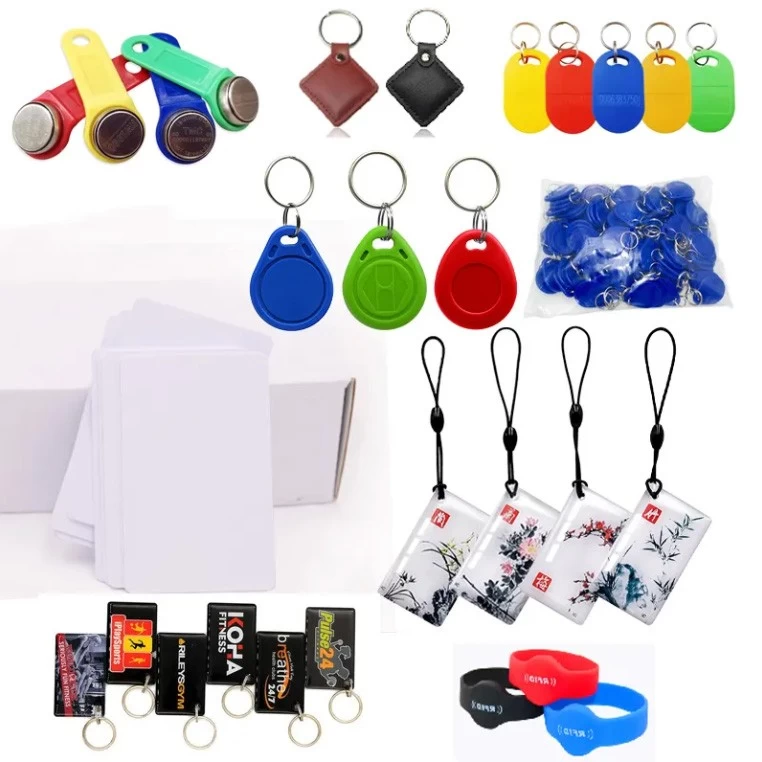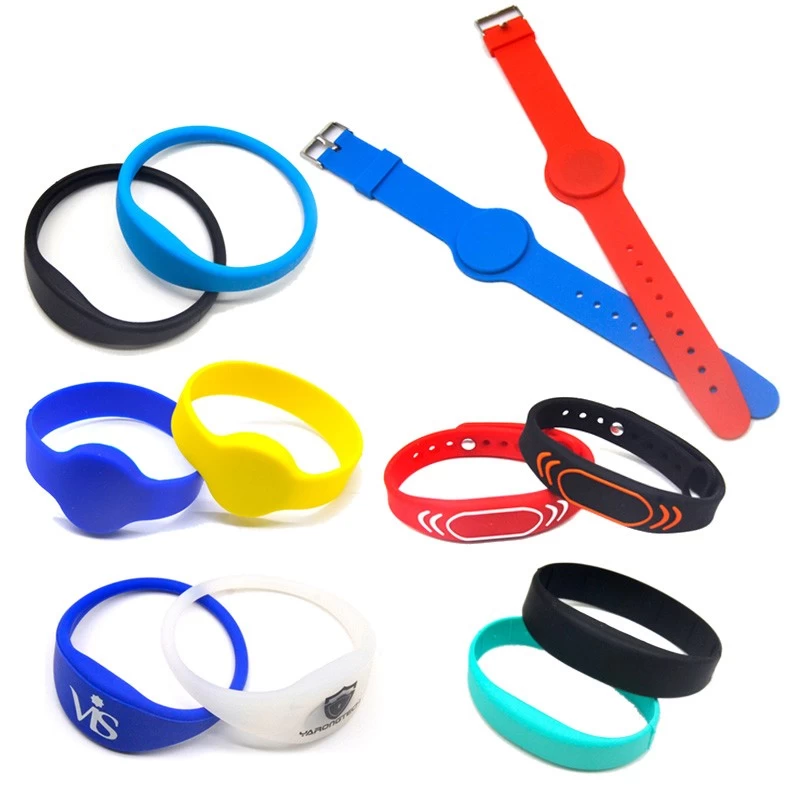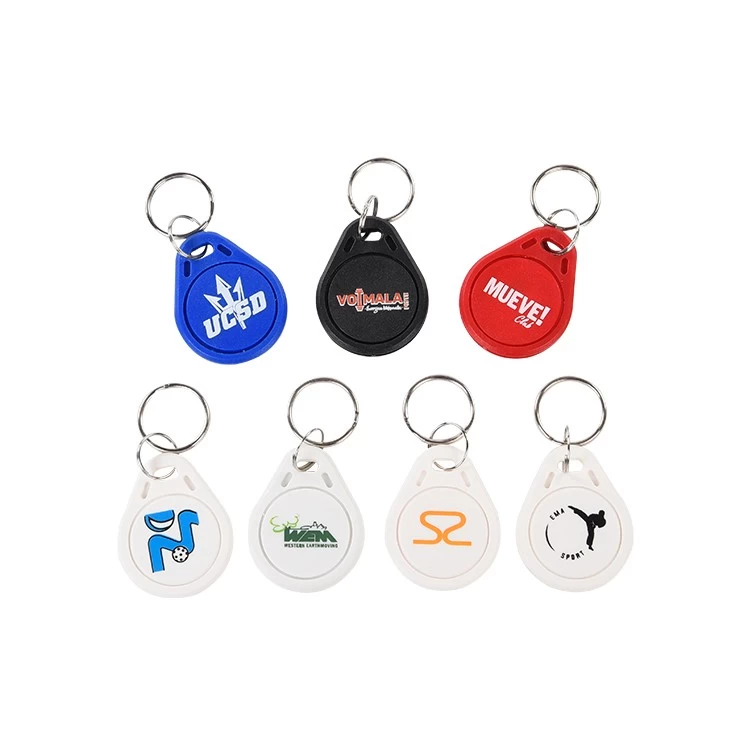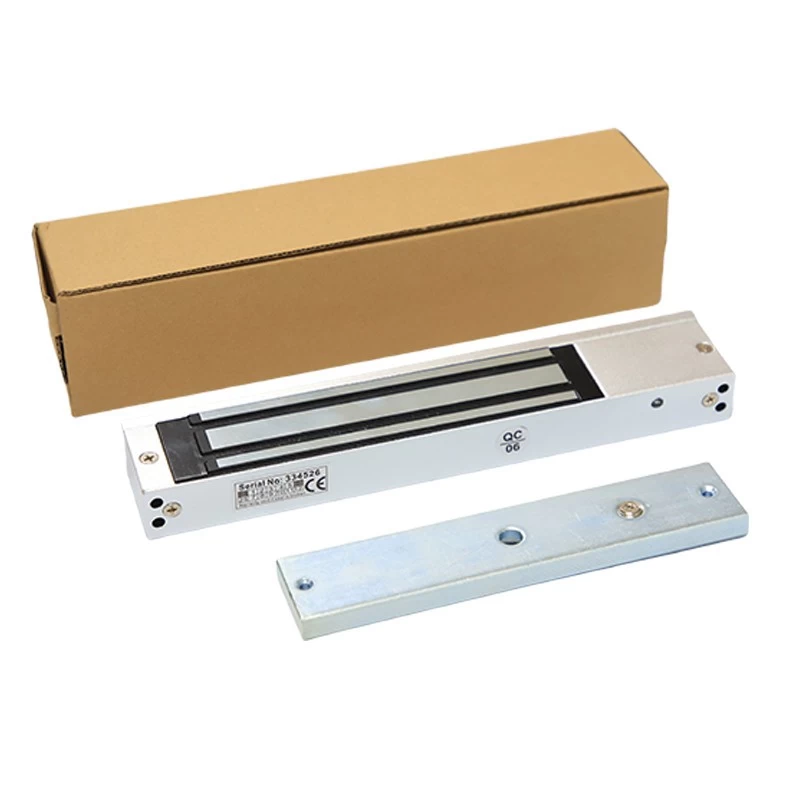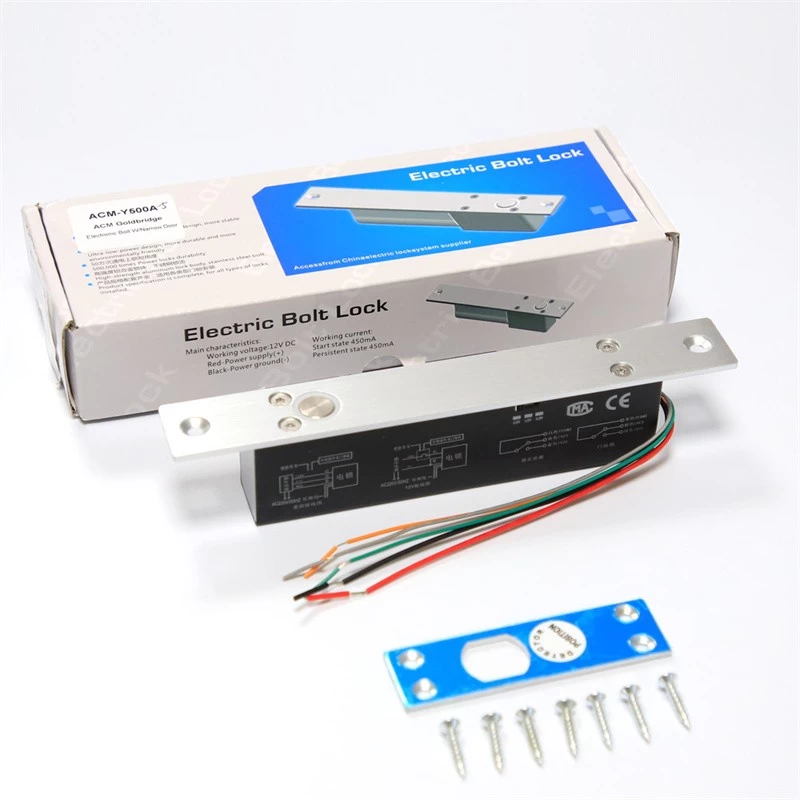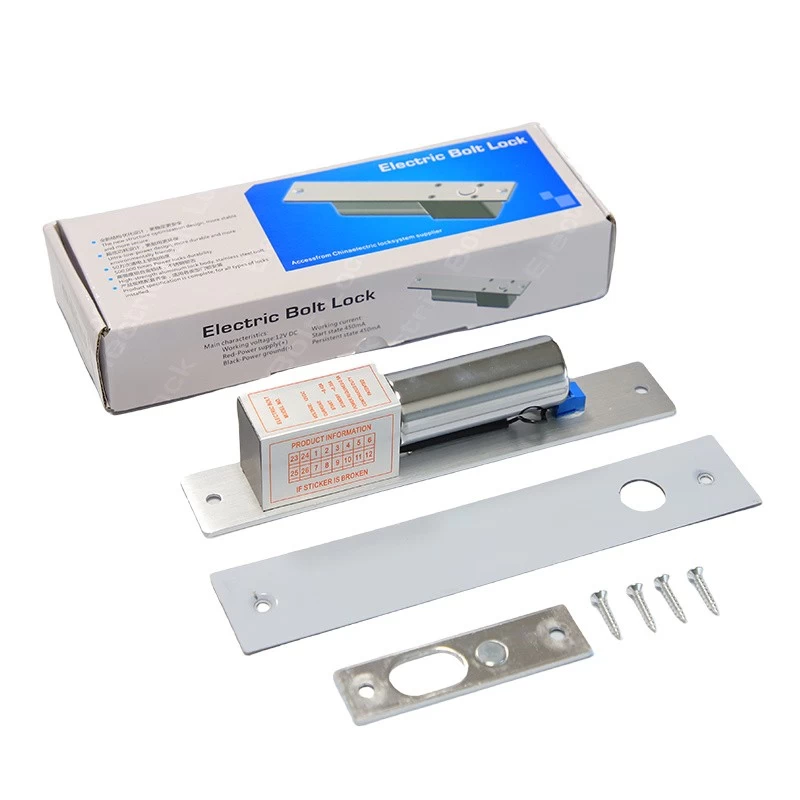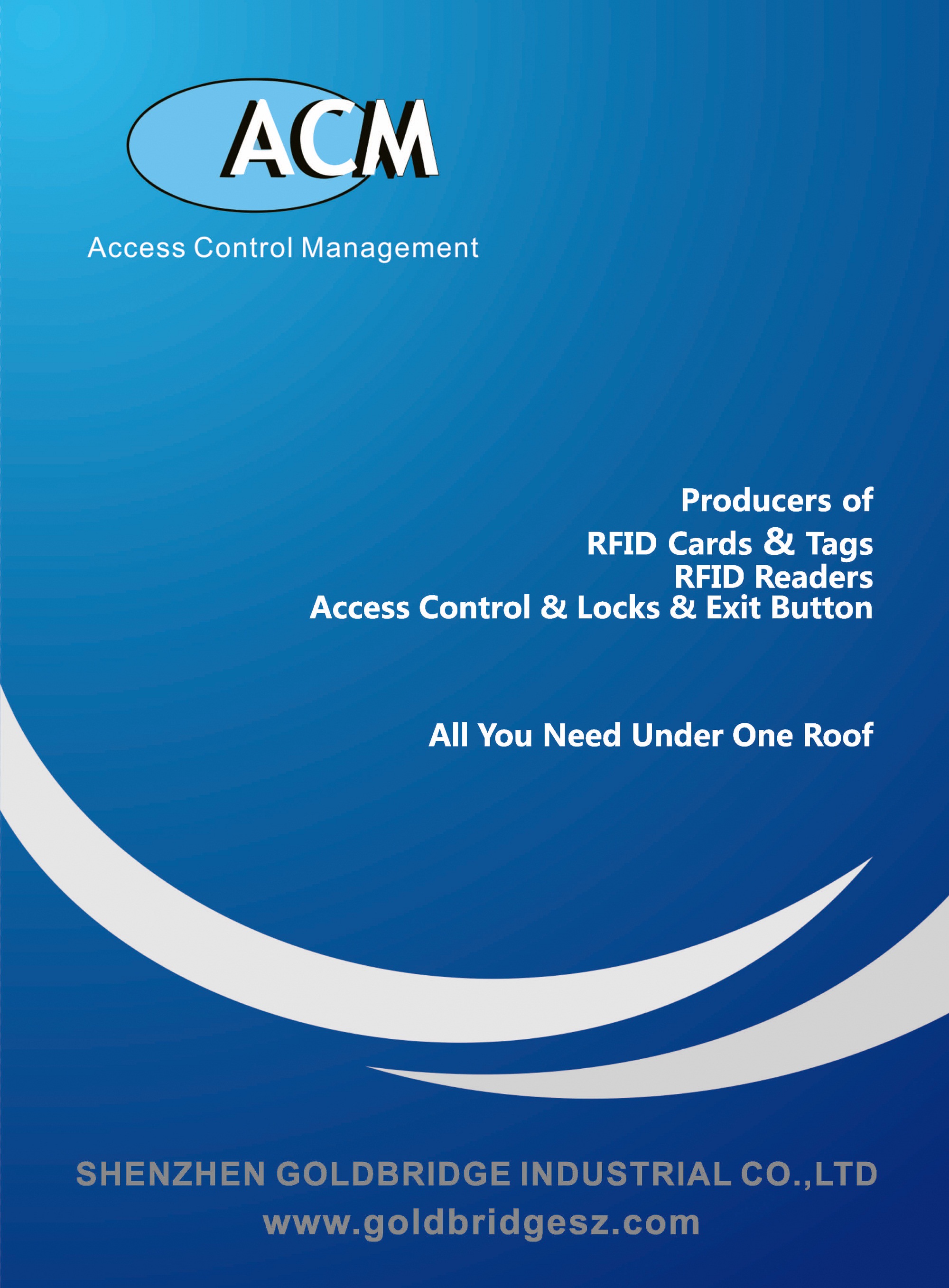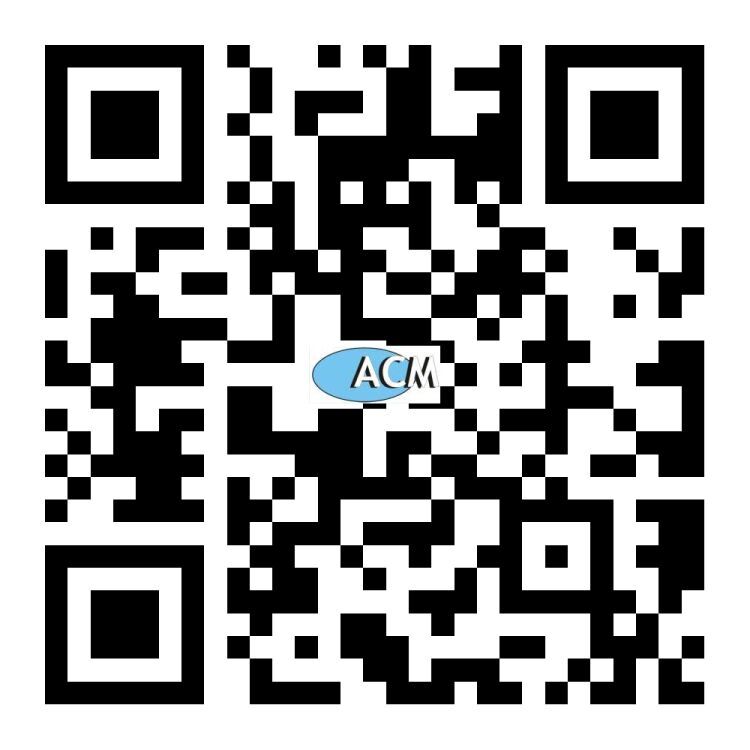Beyond the Keycard: How RFID Smart Card Readers Are Securing the Modern World
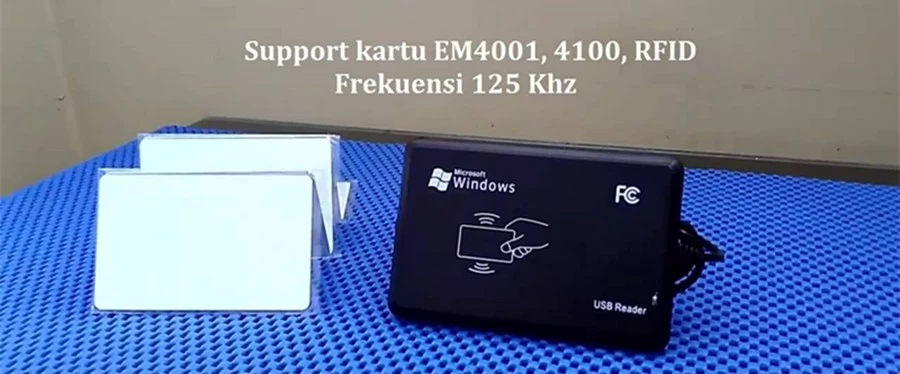
In an increasingly connected and security-conscious world, a silent technological workhorse is operating everywhere from corporate lobbies to government facilities and public transit systems: the RFID Smart Card Reader. But what exactly is this ubiquitous technology, and why has it become the cornerstone of modern access and identification?
An RFID (Radio-Frequency Identification) Smart Card Reader is a device that wirelessly communicates with smart cards to identify, authenticate, and authorize individuals or processes. Unlike traditional magnetic stripe readers that require physical swiping, RFID readers work by emitting a short-range radio signal. When a compatible card—embedded with a tiny microchip and antenna—comes within proximity (anywhere from a few centimeters to several feet), it is powered by the reader's signal and transmits its unique identifying data back.
This seamless "tap-and-go" interaction is driving a revolution in security and efficiency across multiple sectors.
The Engine of Modern Security
"The shift from physical keys and magnetic stripes to RFID smart cards represents a quantum leap in security," says Dr. Evelyn Reed, a cybersecurity analyst at Apex Security Solutions. "The data on the card's chip is encrypted and incredibly difficult to clone, unlike a simple magstripe. Furthermore, access privileges can be updated or revoked instantly from a central server, something that was logistically impossible with physical keys."
This technology is the backbone of modern access control systems. It secures office buildings, data centers, and hospital restricted wards, ensuring only authorized personnel can enter sensitive areas.
Beyond the Office Door: Widespread Applications
The applications of RFID reader technology extend far beyond corporate security:
-
Public Transportation: Cities like London, Tokyo, and New York rely on RFID-based systems like Oyster, Suica, and OMNY for millions of daily fare transactions, drastically reducing boarding times and streamlining operations.
-
Contactless Payments: The "tap-to-pay" functionality of modern credit and debit cards is powered by the same RFID (specifically NFC) technology, enabling faster and more secure transactions.
-
Asset Tracking: Companies use RFID tags and readers to track high-value assets, manage inventory in warehouses, and even streamline logistics in manufacturing, saving millions in lost time and equipment.
-
Identity Verification: Many government and corporate ID badges are now RFID-enabled, allowing for quick verification of identity at checkpoints and for logging time and attendance automatically.
A Look Ahead: The Future of RFID
The future of RFID smart card readers points towards even greater integration and intelligence. The rise of the Internet of Things (IoT) means these readers are becoming nodes in a larger network. Future systems could see your employee badge not only granting door access but also personalizing your workspace lighting and temperature as you enter, or a transit card that offers dynamic routing suggestions based on real-time traffic data.
As the demand for seamless yet secure experiences grows, the humble RFID smart card reader, a device most people use without a second thought, will continue to be a critical enabler, quietly powering a more efficient and secure future.


